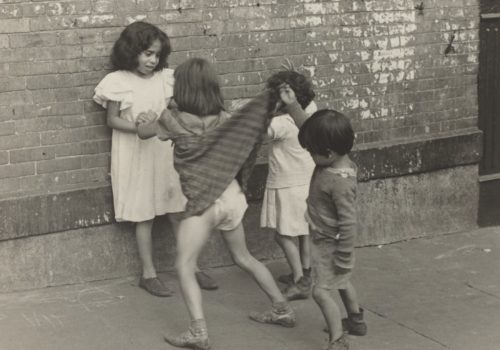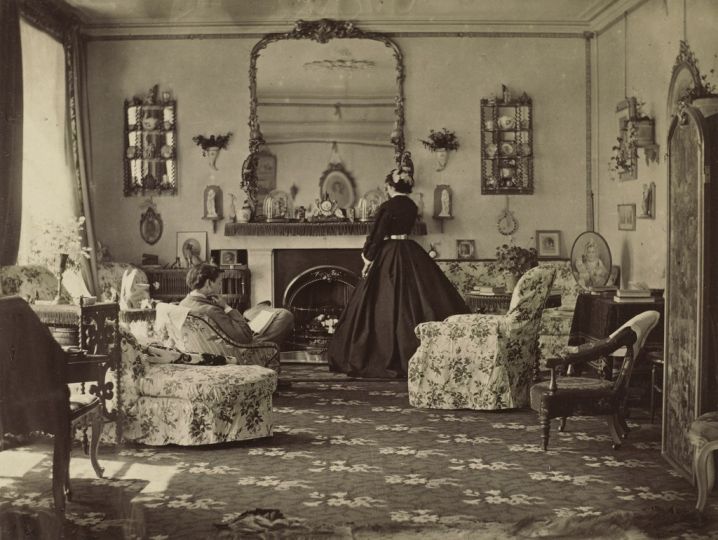The second part of the exhibition Who’s afraid of women photographers?, presented at the Musée d’Orsay, explores modern photography in the interwar period 1918-1945. The exhibition draws on a body of scholarship in the history of photography, which, over the past forty years, has reassessed the extraordinary contribution of women to the development of the medium.
Who’s afraid of women photographers? is the first of its kind in France.
In the aftermath of world war I, many women photographers contributed to the birth of modern photography and the creative ferment that characterised the inter-war period. They played an active role in the institutionalisation of the field and thus gained access to a form of legitimacy: organising exhibitions, founding schools, developing learning and support networks, managing commercial studios, setting up agencies, and taking up responsibility for the history of the medium through writing articles as well as practical and theoretical works. For these women, being a photographer became a job with multiple dimensions and applications. The interpenetration of these practices, as well as geographical mobility on an international scale, thereafter made academic forms obsolete.
Although women continued to adhere to a certain form of continuity with the women who came before them by continuing to practise the genres traditionally assigned to them (portraiture, botany, intimate scenes), they increasingly subverted and transgressed artistic and social codes, gladly introducing an objective and critical perspective on their inferior status and the relationships of domination between the sexes.
The exposure of their own bodies, questioning one’s self, the play on masks and the blurring of identities became subjects of choice. The self-portrait, at the same time an aesthetic experiment, an exploration of the symbols of femininity and the expression of a professional affiliation, demonstrated the emergence of the new woman. Female photographers embodied this idea perfectly through their profession.
During the first half of the 20th century they made great strides into the domain of the (male) realm: they began to invest in genres reserved to men (nudes and eroticism more generally, and the depiction of gendered bodies), they captured certain motifs of the iconography of modernity (the machine, speed, industrial architecture), and competed with men by diving into emerging broadcast markets (reporting and journalism, the press and illustrating, fashion and advertising). Armed with their camera, they entered the political arena, stepped onto the battlefield, and ventured alone to exotic lands: their status as a photographer thus enabled them to enter spaces that until then women had little access to, or were even banned from.
The second part of the exhibition is punctuated by three thematic sections: The subversive use of codes (Imogen Cunningham, Madame Yevonde, Aenne Biermann, Lee Miller, Dora Maar, Helen Levitt); The self-portrait and staging of one’s self (Claude Cahun, Marta Astfalck-Vietz, Marianne Brandt, Gertrud Arndt, Elisabeth Hase, Ilse Bing); The conquest of new markets (Germaine Krull, Margaret Bourke-White, Tina Modotti, Barbara Morgan, Gerda Taro, Dorothea Lange, Lola Alvarez-Bravo, etc.).
EXHIBIITIONS
Who is afraid of Women Photographers?
Oct. 14, 2015 – January 24, 2016
• First part: 1839-1919
Musée de l’Orangerie
Place de la Concorde, Jardin des Tuileries (côté Seine)
75001 Paris
France
Everyday except Tuesday 9am-6pm
http://www.musee-orangerie.fr
• Second part: 1918-1945
Musée d’Orsay
1 rue de la Légion d’Honneur
75007 Paris
France
Everyday except Monday 9am-6pm, Thursday until 9.45 pm
http://musee-orsay.fr

















